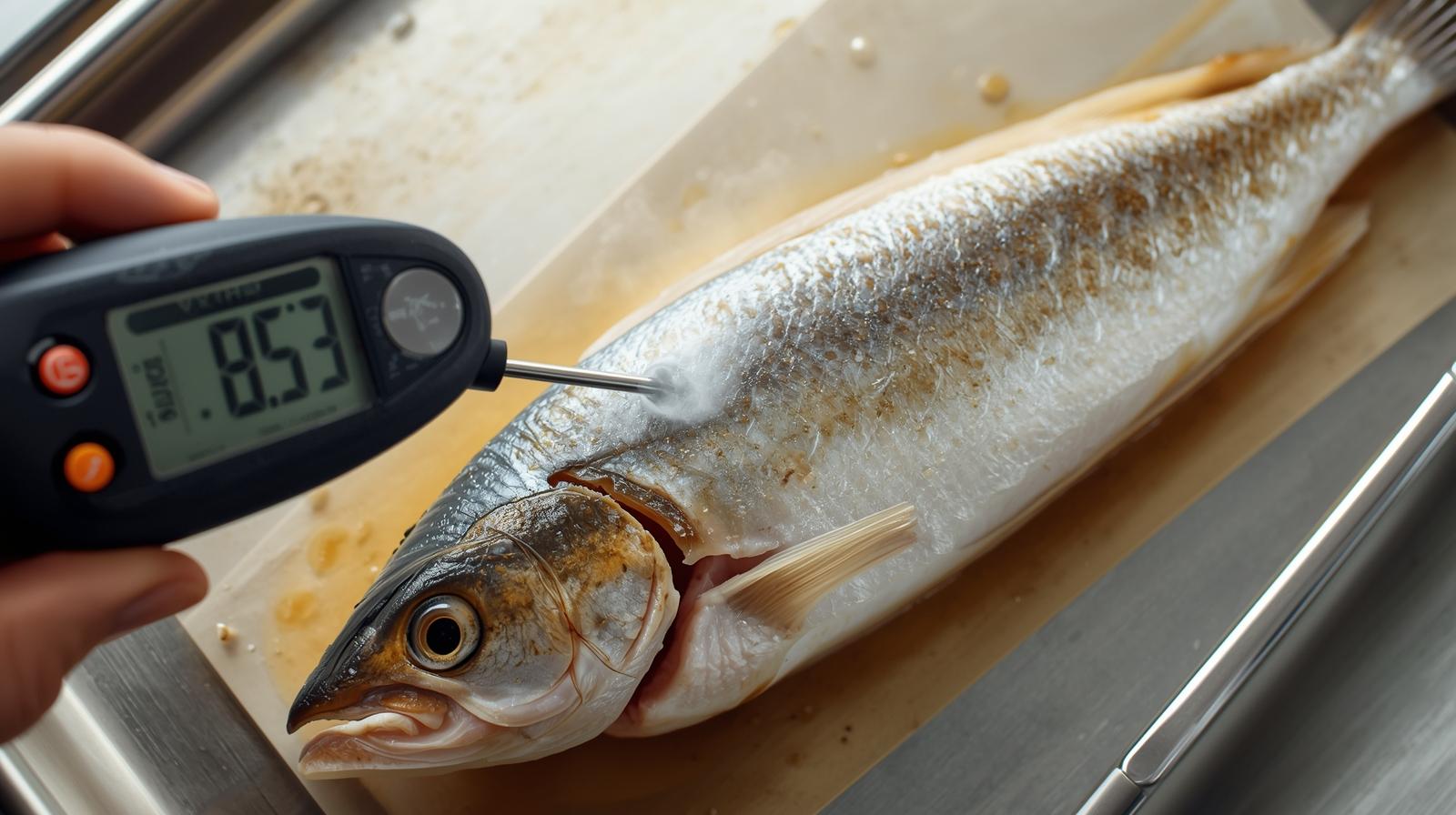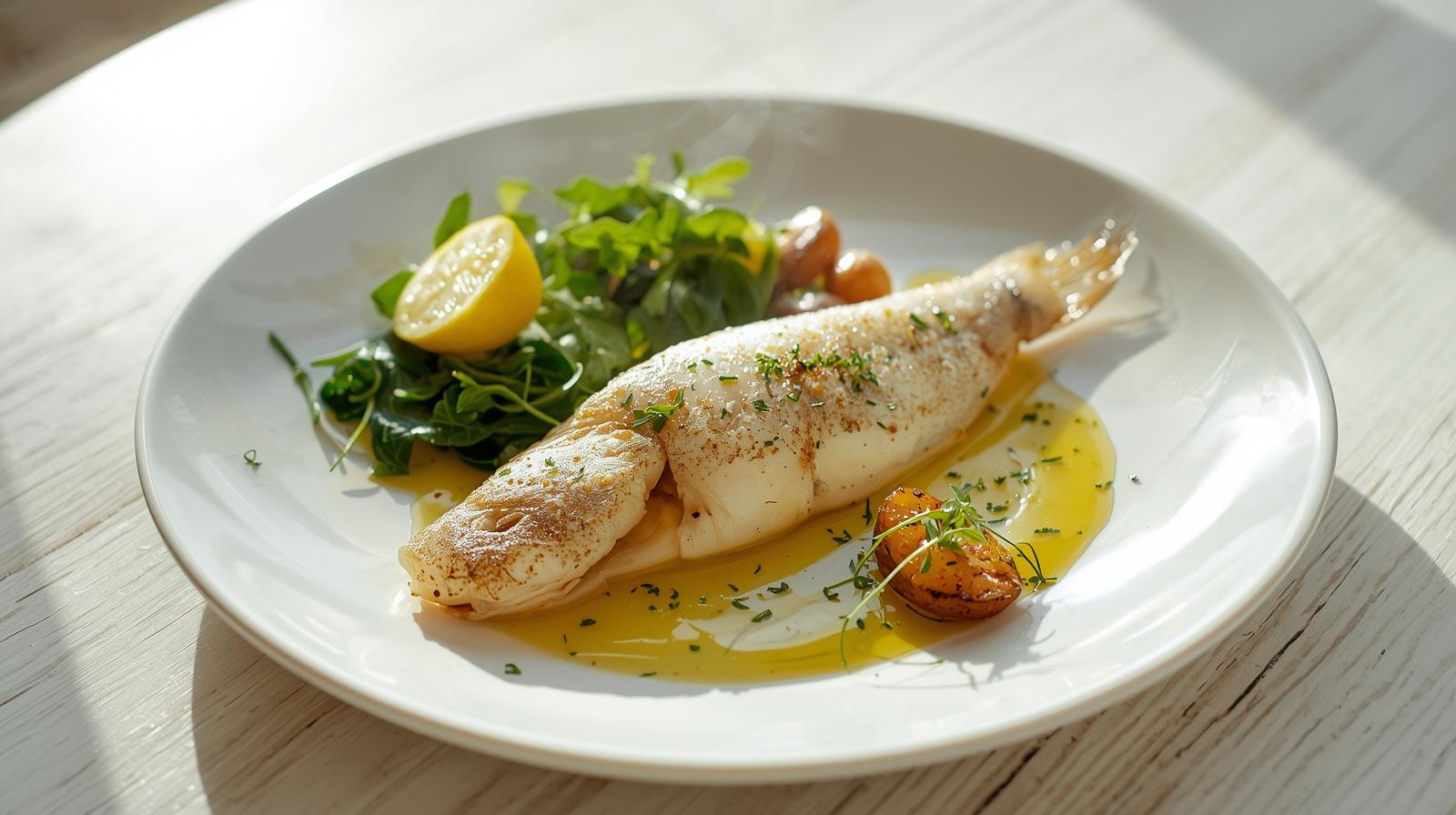
Branzino in Pregnancy — The Short Answer
Branzino (also labelled European sea bass) is a mild, lean fish that works well in pregnancy when you follow three anchors: cook it through (63 °C/145 °F), skip raw or lightly cooked preparations, and fit it into your weekly fish plan so you stay within recommended mercury exposure. That approach delivers high-quality protein and omega-3s while keeping safety front and center. [2] [1] [4]
In this global guide
- Branzino 101 — names, cuts & cooking styles
- Mercury category & weekly servings
- Doneness cues & temperatures
- Raw/undercooked fish: why to avoid
- Whole-roasted vs fillet: bones, skin & flavor
- Restaurant & fishmonger playbook
- Leftovers, reheating & cold storage
- Portions & balanced plate ideas
- Pregnancy FAQ — Branzino
Branzino 101 — Names, Cuts & Cooking Styles
Branzino is the market name commonly used for European sea bass (Dicentrarchus labrax), a lean, delicate white fish. You’ll see it whole-roasted (head-on, deboned at the table), grilled, or served as skin-on fillets pan-seared and finished in the oven. For pregnancy, the safety levers are simple: cook until opaque and flaking, check the thickest part, and serve hot. [2] [5]
- Not the same as “Chilean sea bass”: that’s Patagonian toothfish—different species with different sustainability/mercury considerations. This article focuses on European sea bass.
- Farmed vs wild: Both are fine when fresh and cooked through; buy from reputable suppliers with good cold-chain practices. [5]

Mercury Category & Weekly Servings
Branzino/sea bass are not in the high-mercury “avoid” group (such as shark, swordfish, marlin). On the FDA/EPA chart, sea bass varieties fall within “Good Choices”—roughly 1 serving/week (≈113 g cooked) for pregnancy, balanced with other low-mercury “Best Choices” like salmon, sardines, trout, shrimp, and pollock to reach 2–3 seafood servings weekly overall. [1]

